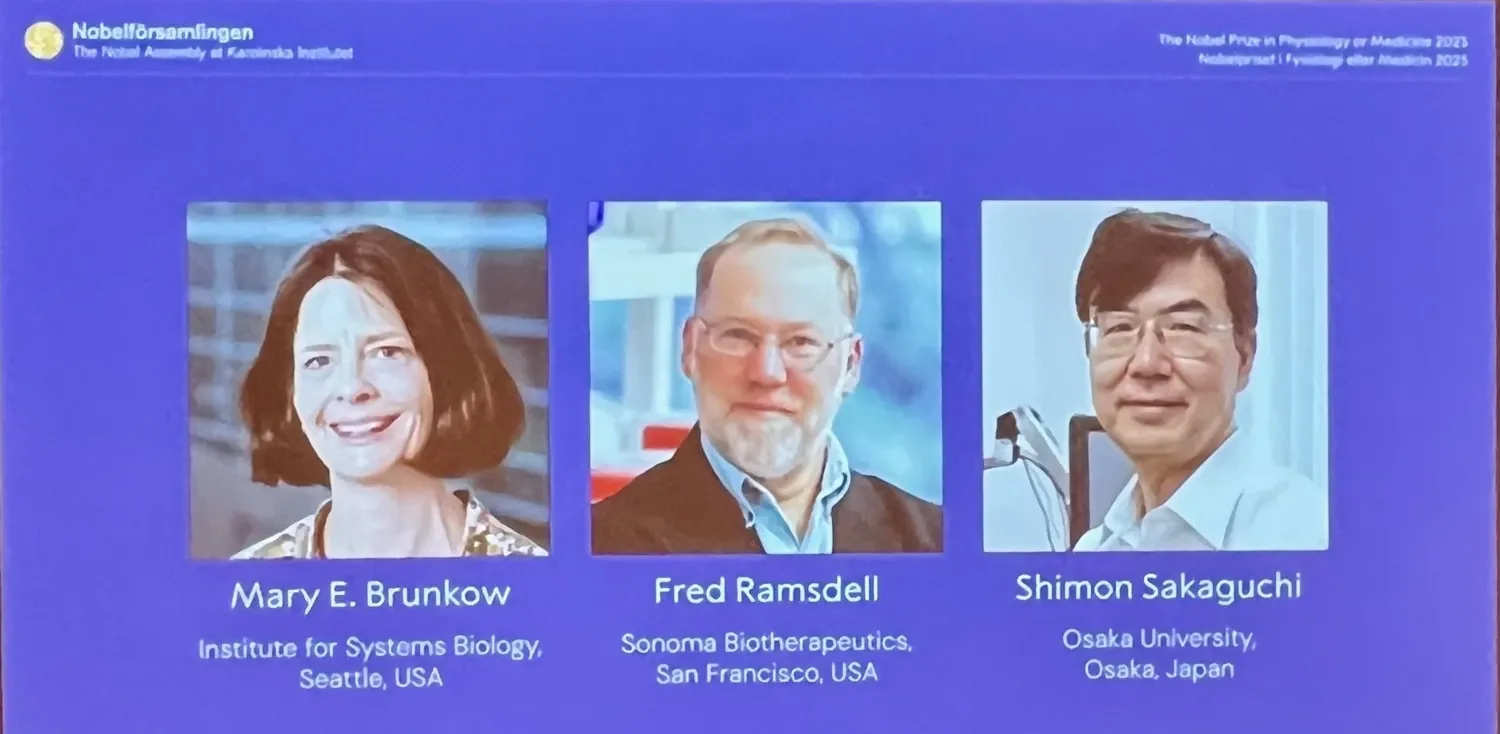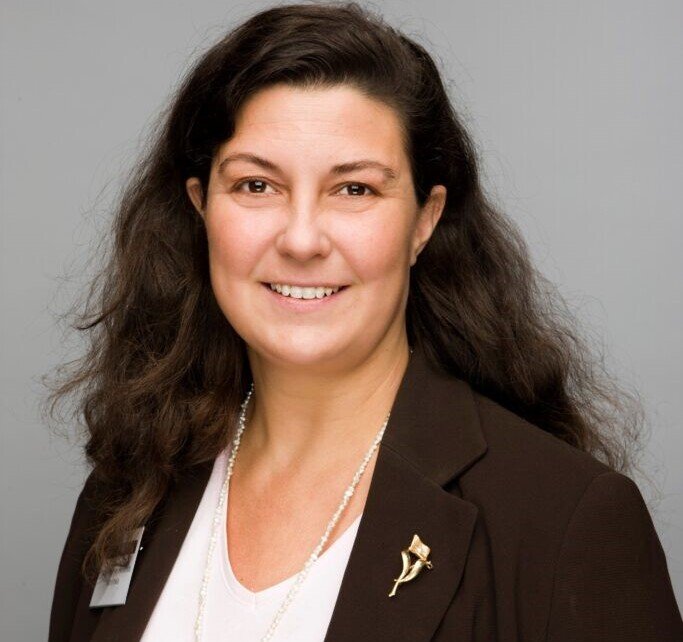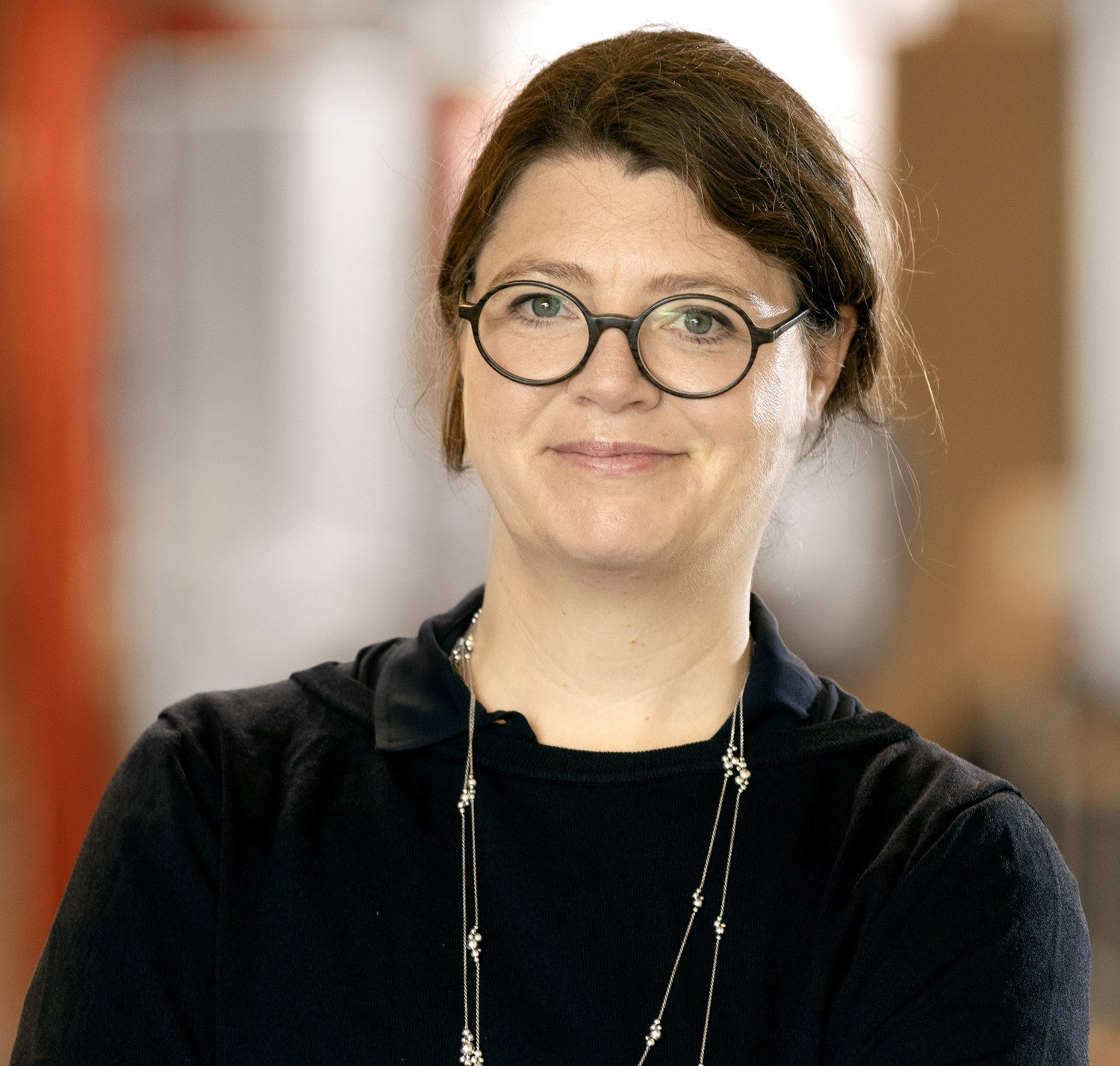Nobel Prize rewards key to future MS and cancer treatment

The year’s Nobel Prize in Physiology or Medicine rewards discoveries that reveal how our immune system is kept in check – in other words, how the body protects itself from attack by its own immune cells. The discoveries pave the way for possible new therapies for many conditions, including autoimmune diseases like type 1 diabetes, MS and cancer.
The 2025 Nobel Prize in Physiology or Medicine is to be shared by Shimon Sakaguchi from Japan, and Mary Brunkow and Fred Ramsdell from the USA for their discoveries concerning how the immune system is regulated.

“It’s fantastic! These are people I’ve met over the years and they’re so deserving of the prize,” says Vivianne Malmström, professor of immunology at Karolinska Institutet’s Department of Medicine in Solna.
Professor Malmström researches the immune system’s T cells and the autoimmune mechanisms behind rheumatic diseases. Earlier in her career she worked with regulatory T cells, the very type of immune cell at the heart of this year’s Nobel Prize in Medicine or Physiology.
“In my field, this discovery inspires hopes of being able to restore the balance in the immune system so that we can cure autoimmune diseases, and not just alleviate the symptoms, as is currently the case,” she says. “It also raises the possibility of preventing disease, which can be done, for example, by measuring regulatory T vells when we’re studying individuals in the disease risk zone.”
The body’s own guardians
The discovery at issue concerns a mechanism called peripheral immune tolerance and, in brief, involves a type of immune cell – the regulatory T cell – that prevents other immune cells from mistakenly attacking native tissues. If this fails, it can cause autoimmune diseases such as rheumatoid arthritis or multiple sclerosis.

“This is a vital mechanism in our immune system that enables it to fight all possible microbes that try to invade our bodies without attacking endogenous proteins,” says Marie Wahren-Herlenius, professor of experimental rheumatology and Karolinska Institutet’s Department of Medicine in Solna and member of the university’s Nobel Assembly. “This year’s Nobel Prize concerns both that this happens, and how it happens.”
“Once it was understood that this phenomenon exists and that regulatory T cells were responsible for it, it provoked a torrent of research. At every scientific meeting, people talked about regulatory T cells. It really opened up a totally new immunology research field!”
Since the laureates’ pioneering discoveries in the 1990s and early 2000s, regulatory T cells have been mapped in a wide range of diseases, and now researchers are trying to use this knowledge to develop treatments.
“It’s about increasing the population of regulatory T cells or their effectiveness in conditions where the immune system has to be down-regulated, such as with autoimmune diseases or after transplantations,” says Professor Wahren-Herlenius. “There’s also work being done with cancer. Here, the aim is to down-regulate or knock out the regulatory T cells so that the immune system can react to the cancer cells.”
Over 200 clinical studies are currently trying in various ways to use regulatory T cells to treat diseases.

“There’s a lot of development going on but the studies are still in their early days,” says Olle Kämpe, chair of the Nobel Committee and professor at the Department of Medicine in Solna. “Some have returned negative results while others have shown promising results, such as with atopic dermatitis.”
Professor Kämpe says that these days researchers try to be as specific as possible, and use genetic methods to manufacture regulatory T cells targeted at individual organs or designed to react to the particular endogenous substance that the immune system erroneously attacks.
Delicate balance between protection and disease
One of the organs where regulatory T cells are especially populous is the skin, where they constantly suppress the immune system, explains Liv Eidsmo, professor of dermatology and venereology at the Department of Medicine in Solna and consultant at Karolinska University Hospital.
If an infection or a cancer cell arises, this suppression is to subside so that the body can activate an inflammatory reaction and fight the threat. Then the system has to be suppressed again. If the regulation fails to work as it should, it can cause autoimmune diseases or inflammatory disorders such as psoriasis.

“It’s an incredibly delicate balance,” she says. “An important insight in my field is that the immune system is hugely mercurial. In psoriasis , the regulatory T cells suddenly become pathogenic instead. It’s complex and fascinating.”
Today, regulatory T cells are used as markers in clinical studies to measure the efficacy of treatments, continues Professor Eidsmo, but they also constitute future therapeutic targets:
“If we can activate regulatory T cells or cultivate an environment in which they thrive, it could be of use in the treatment of inflammatory diseases. But it’s a very sensitive system – we must eventually arrive at localised treatment, such as in the intestines or on the skin to avoid collateral damage to healthy tissue. We’re still in the early phases of development, and I think it’s brilliant that the Nobel Prize is bold enough to reward a fundamental principal that is actually also important to me as a dermatologist.”
Text: Sara Nilsson
Translation: Neil Betteridge
